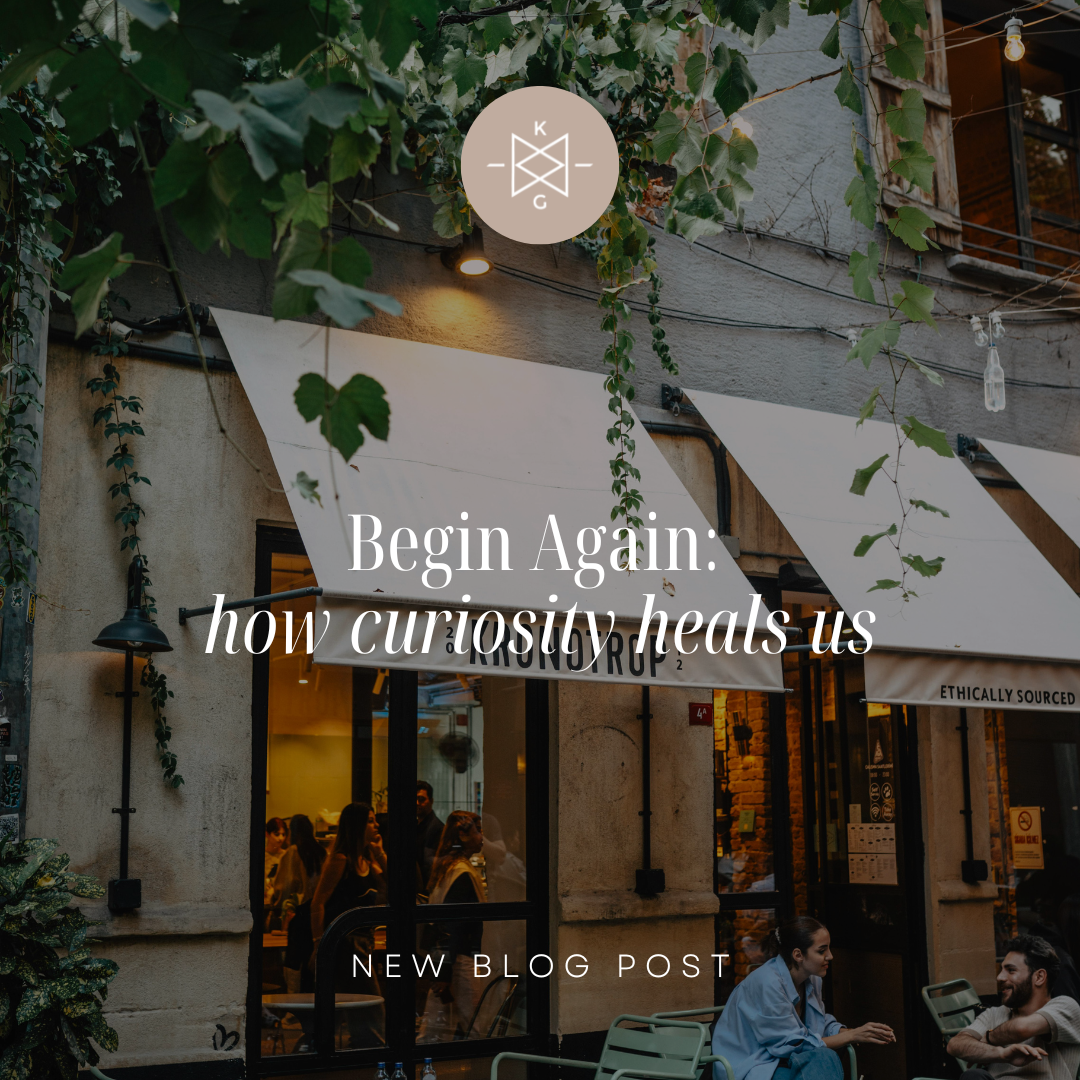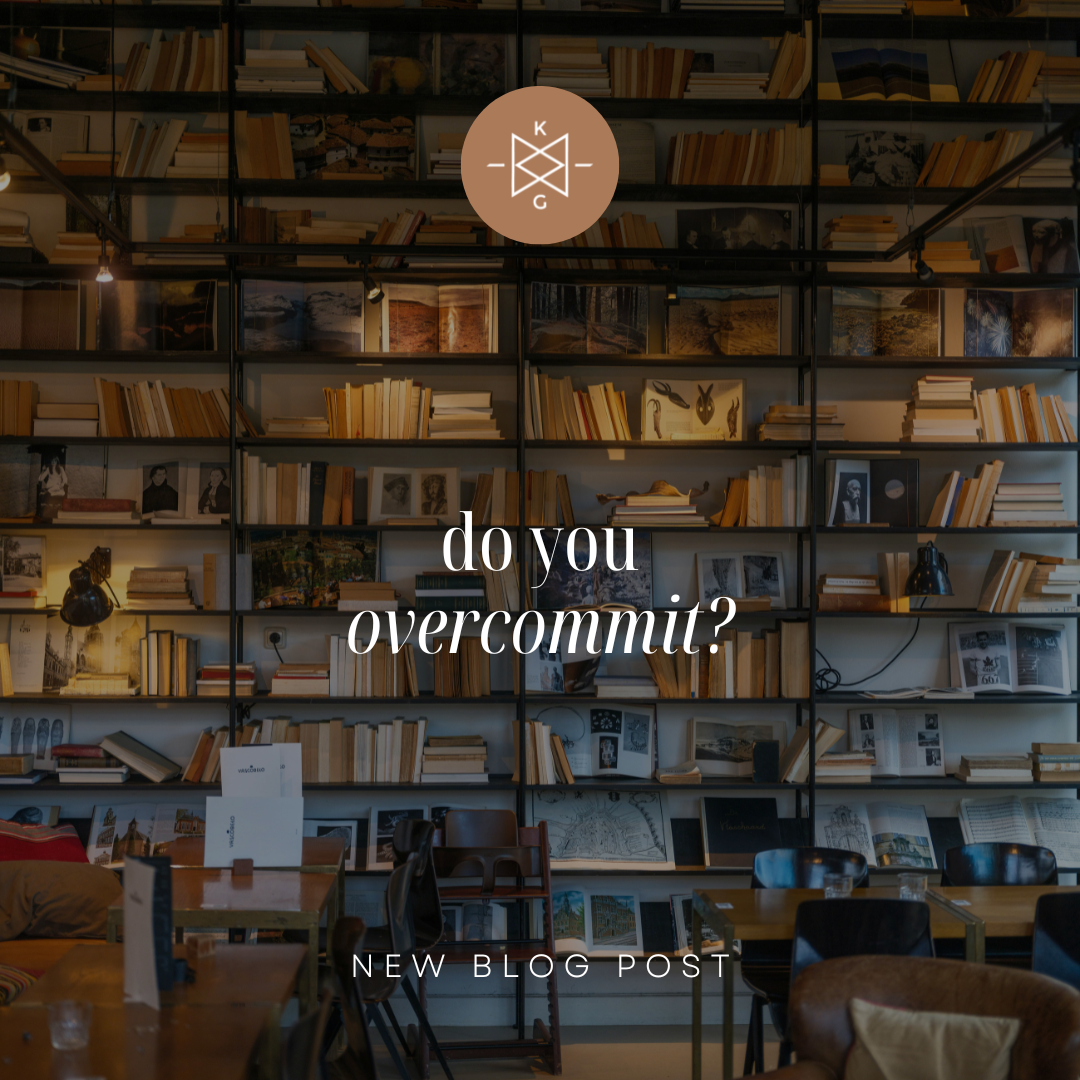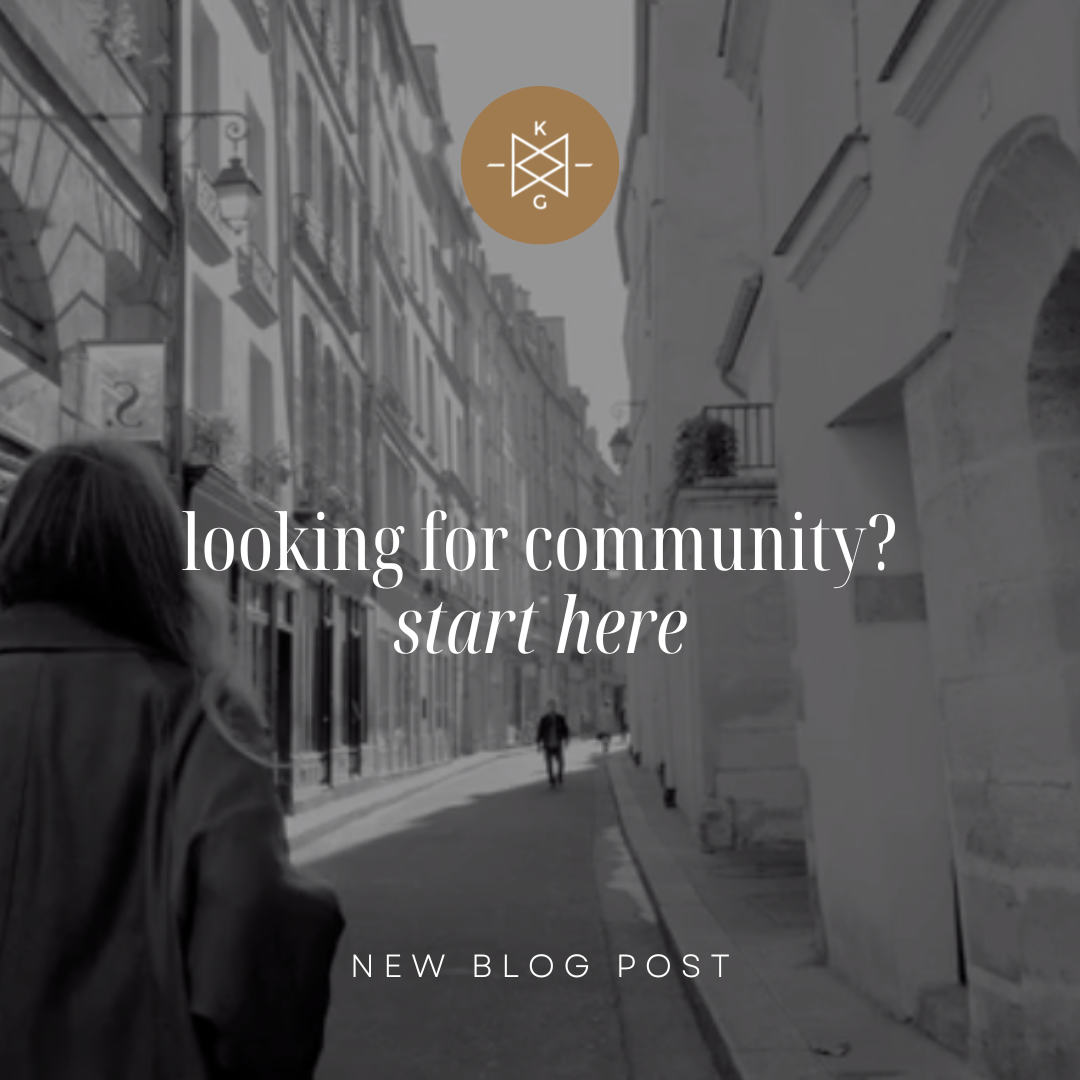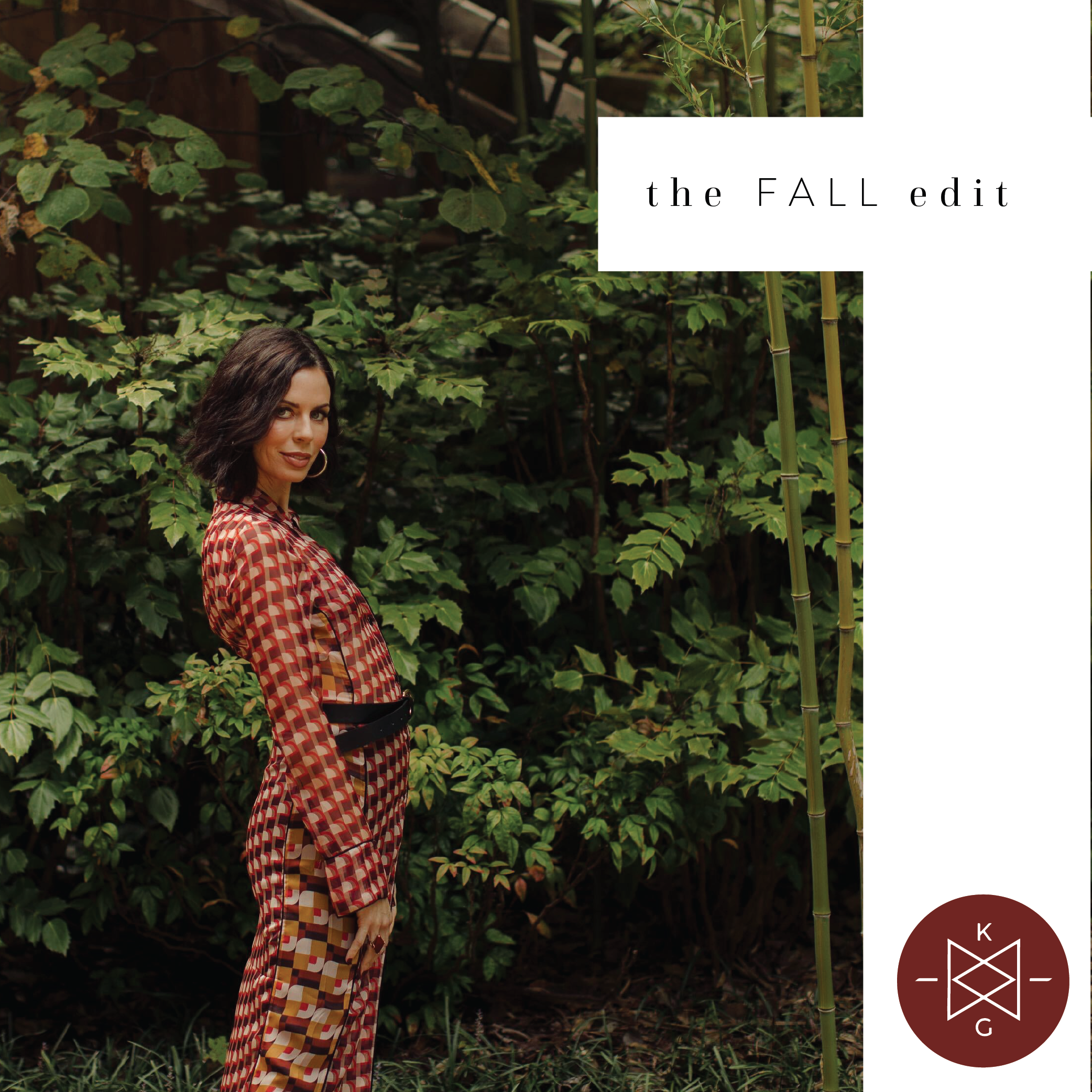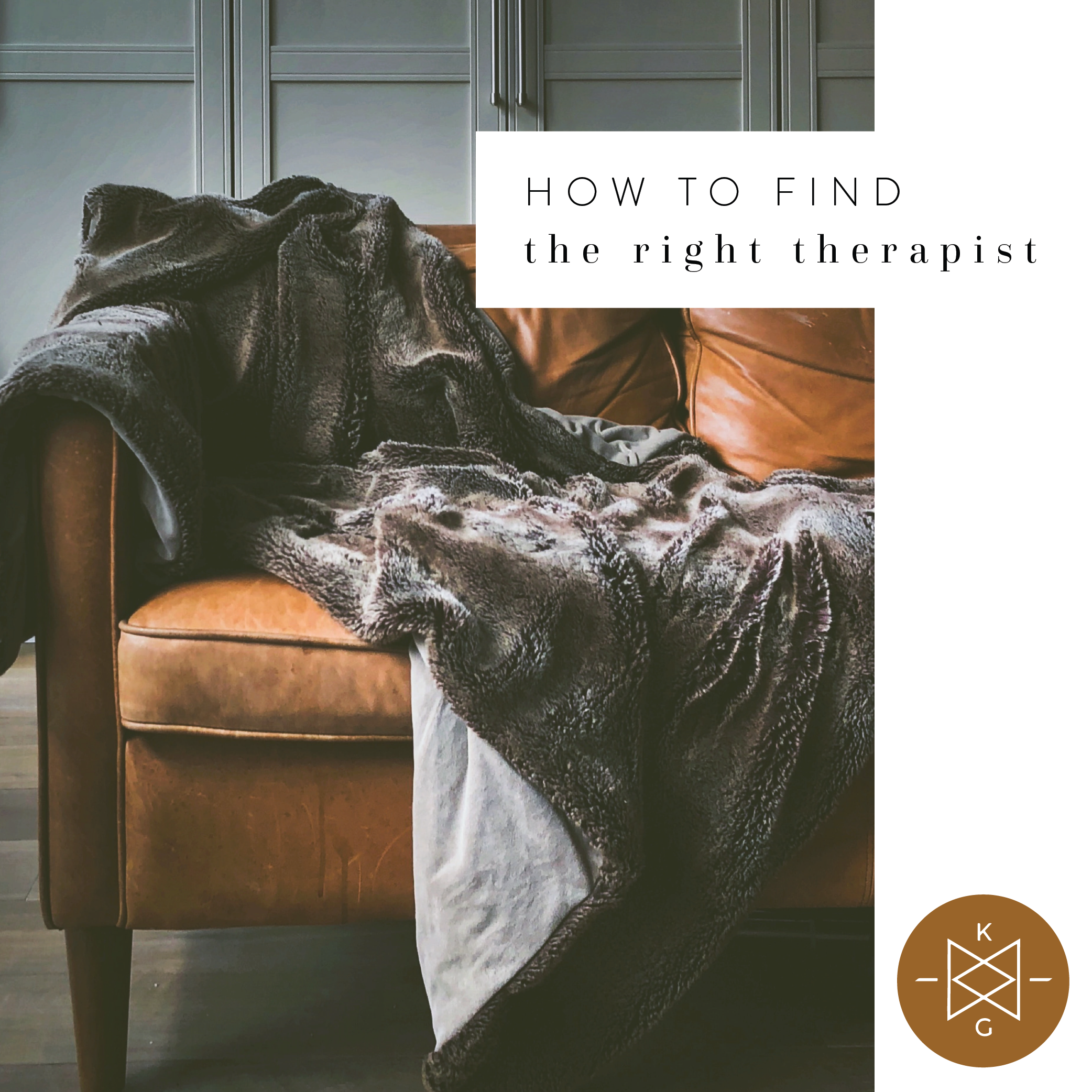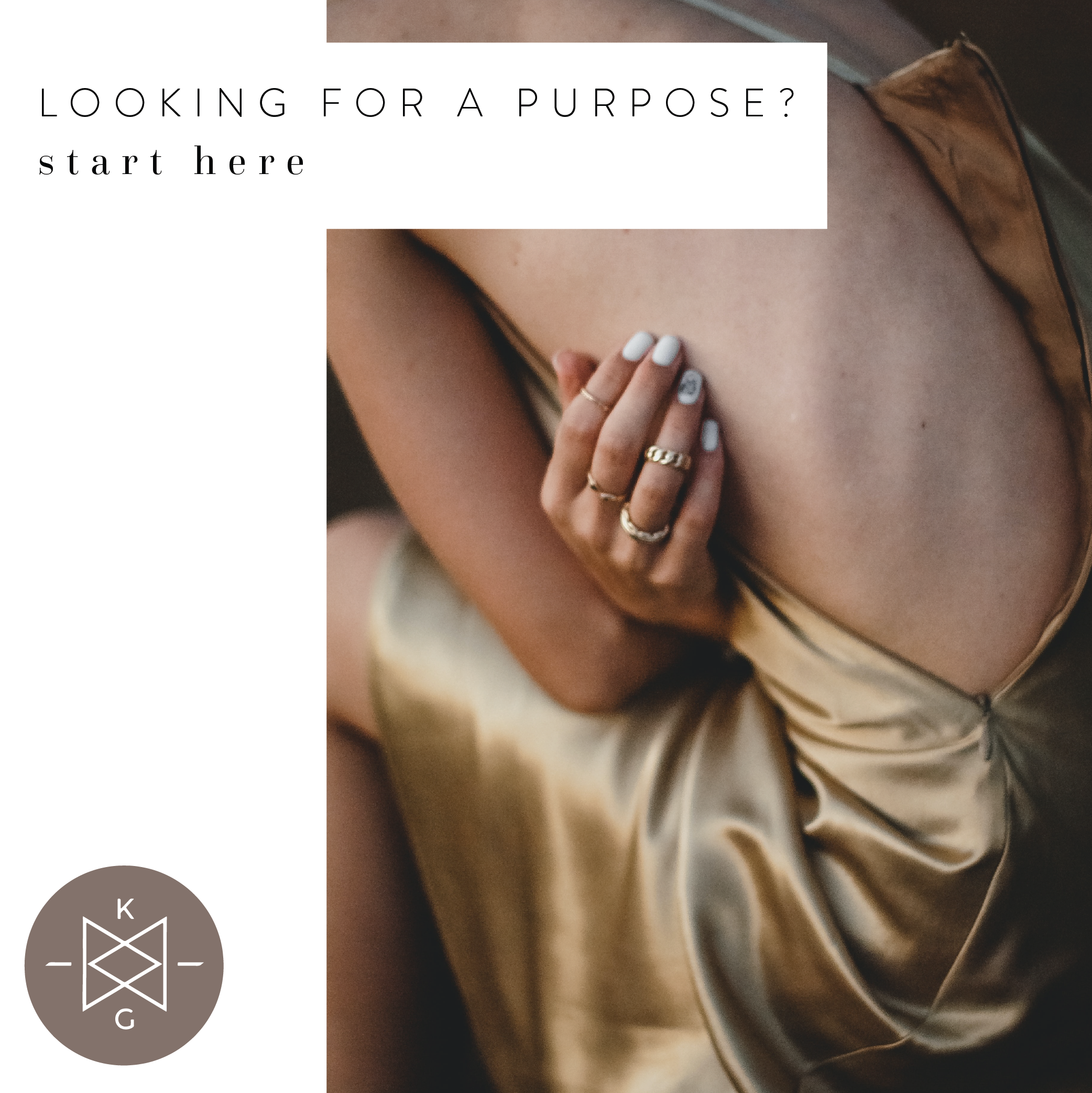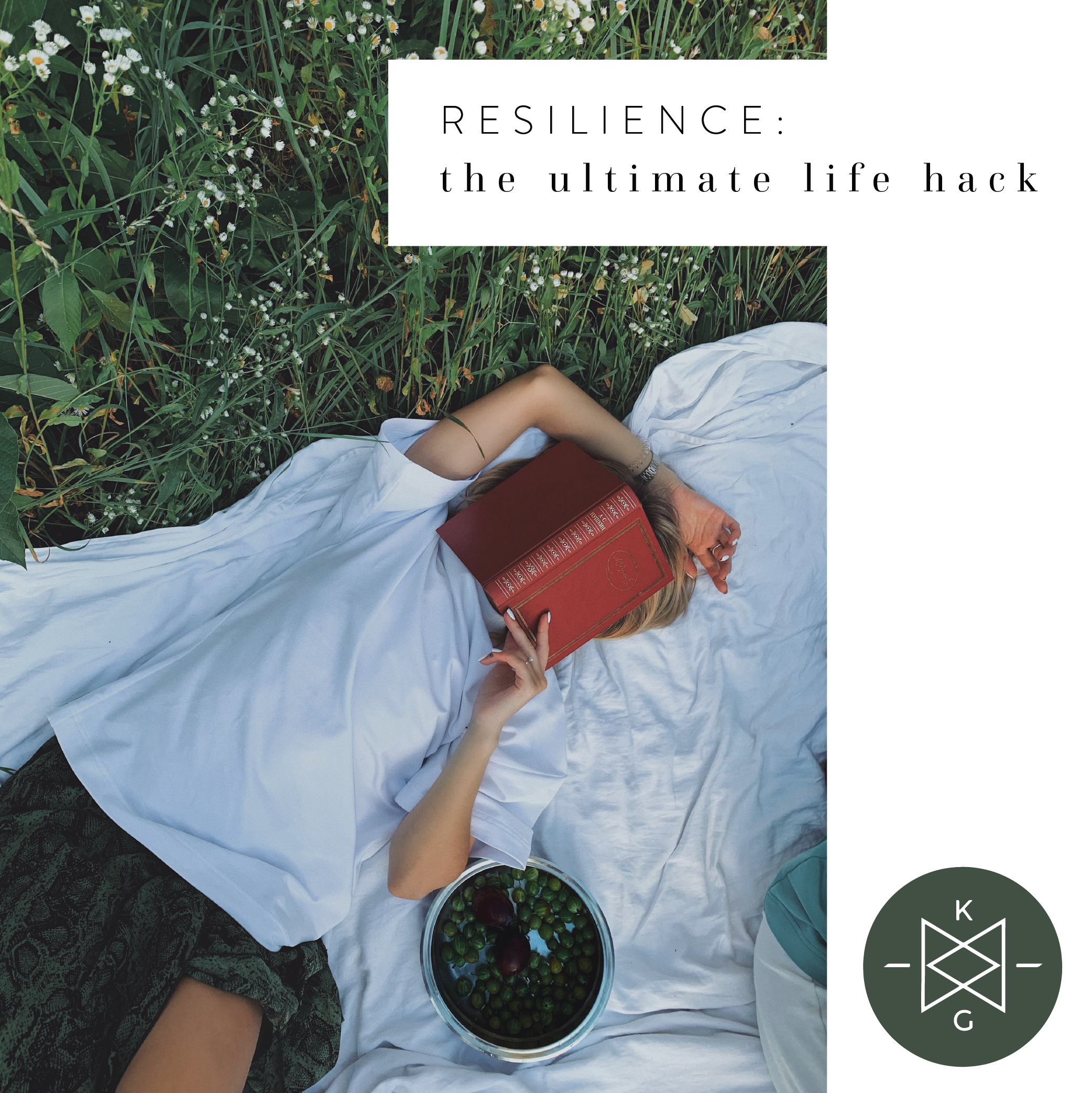
The Blog
Recently Featured
All Blogs
This Writing Exercise Changed Everything for me
“Whatever we resist persists.”
-Carl Jung
When was the last time you wanted to confront an issue with someone but didn’t know how? Perhaps it felt too scary or threatened connection with that person? Avoiding conflict is an easy habit to fall into, especially if you’re a recovering people-pleaser like me.
And yet we know that honesty is so important. When I learned that people-pleasing was, in fact, just another form of dishonesty, I decided I needed to shift my mindset around “speaking straight,” as I like to call it.
However, There are times when honest conversation is not so helpful. The other person may not be able to give you the thoughtful response you’re looking for. In fact, it might be downright dangerous to initiate this form of transparency with the person who has caused you pain.
Whether you’re dealing with fear around confrontation or a not-so-safe situation where a clear conversation may be counterproductive, this writing exercise is a game-changer.
I’m talking about letter writing. It’s an effective, non-threatening way to process difficult emotions or experiences you have with someone…even yourself.
The best part? You can be brutally honest, working out past or present frustrations, and mentally, emotionally, and even physically manage situations that feel overwhelming.
How does it work? You simply put everything you need to say to someone down in letter-format. You can write several drafts, starting out raw and unfiltered and eventually rounding it out with a bit more tact. And, the best part is you get to decide if it’s worth sending the letter or not.
This is so effective because YOU now step into your power by saying all you need to say—the good, bad, and ugly—for YOU. When we can let go of the outcome and make this all about processing negative feeling emotions towards another person, we take responsibility for our process and slide into the driver seat of life.
We shift from the victim to the hero of our story.
Sure, you can send the letter if you want. But again, the secret sauce is in owning our power by letting go of outcomes and taking responsibility for our experience. This exercise becomes more about a healthy way to process difficult experiences and less about manipulating or fixing what’s been lost, even if you are in the right.
So, who do you need to write a letter to? What do you need closure or clearing around?
Grab a pen and some paper and let’s get to it…
The Fall Edit 2021
“Life starts all over again when it gets crisp in the fall.”
-F. Scott Fitzgerald
Fall is undoubtedly my favorite season. I feel a bit like Mr. Fitzgerald in that life seems to offer a second, and equally romantic, Spring, or new beginning when early October rolls around. Yet I’m also well acquainted with the struggles and temptations that come along with the changing seasons. The days get shorter, schedules mount up, self-care tends to wane, and I often feel a dank, subtle chill of loneliness sneak in.
Have you struggled much with seasonal depression?
I have…big time. That said, I’ve learned the hard way how vital it is to intentionally manage expectations and routines in order to stay connected to daily hope and healing. In light of this, I like to send out a Fall Edition of sorts—full of new ideas and opportunities to stay on top of our self-care game as we head into the coming months. If you follow fashion, it’s a bit like that thick, fresh, September Vogue edition boasting fall’s most delicious offerings. Pure magic.
This year, I’m more excited than ever to explore some new opportunities to connect to yourself and your community in life-giving ways.
All too often we’re tempted into autopilot—that sleepy trance of contained chaos—and end up just going through the motions. I don’t know about you, but I want to feel alive and awake in my experience this fall, savoring each moment like a gift—or that inaugural pumpkin spice latte.
Here are a few ideas to support you in this pursuit. I think you’ll find something you can enjoy despite the hectic demands of the season.
The Practice: You are the type of person who wants great things out of life! The Practice is a self-development toolkit that combines practical ways to use the Enneagram, mindfulness, and yoga in your daily experience in order to truly thrive and create the optimal life and relationships you desire. I created this self-care tool kit for clients who needed an extra nudge in their work outside of therapy. The constant drone I’d hear in my work with clients is simple: I need tools! So I developed the Practice to serve as a therapeutic tool kit combining meditation, writing, yoga, and of course, the Enneagram, to support you in your ongoing self-development work. Sign up today!
Infrared Sauna: Need a detoxification boost? I sure did when I found out I had breast cancer back in April. I decided to do everything in my power in order to support the highest immunity possible. I joined Pure Sweat Sauna Studio. Pure Sweat Sauna Studio is a space for wellness, rooted in community and connection, offering state-of-the-art, full spectrum, infrared saunas.
Acclaimed by the world’s leading health experts, elite athletes, and people just like you, Infrared Saunas deliver an abundance of clinically tested and research-based health and healing benefits, including detoxification, pain relief, weight loss, reduced inflammation and deep, mental + physical relaxation.
TN Neurofeedback: At Tennessee Neurofeedback, clients experience a four-step process designed to help them understand how their brain is functioning, how that is causing the symptoms they are facing, and how they can make progress towards a greater sense of well-being through brain training. We start with a brain map, which reads brainwave activity at 19 locations on the scalp and compares that data to hundreds of other maps to identify areas where the brain’s function is outside of a normal, healthy range. Clients then have a consult with their clinical director to learn about their map. The consult is designed to give clients a better sense of how their brain function is related to how they’re feeling, and shows patterns ranging from anxiety, depression, and trauma to sleep issues, concussions, and inflammation. The brain map then serves as the basis for neurofeedback treatment, which harnesses the brain’s innate ability to heal itself and moves the areas of dysregulation in the brain to a healthier level of function. As the brain changes, clients see a decrease in symptoms like anxiety, depression, trouble sleeping, behavioral issues, and trauma responses.
Self-Care Workshop: When it comes to self care, you need a plan. This weekend workshop will help you create a self care plan that gets you where you want to be. Join us FEBRUARY 26-27, 2022 in Nashville, TN.
Do you feel like you’re just ‘winging it’ when it comes to self care? Honestly — I get it. It’s hard to know what to spend your time on and what will actually contribute to your personal growth.
But self care doesn’t have to be complicated. You don’t have to guess anymore. The Self Care Workshop will help you create a simple self-care plan you can use daily to create lasting, positive change in your life. With a daily self-care routine you can practice on your own, you’ll gain clarity in your life and pave the path towards growth.
It’s simpler (and cheaper!) than you think. Deepen your self-awareness with the Enneagram and understand why you behave the way you do. Develop healthier relationships with yourself and others, reduce anxiety and improve your mood.
Don’t leave your self care up to chance. Come learn how to nurture yourself in a way that creates positive change in your life. Stay tuned for registration details coming soon! You deserve this.Radnor Lake: Much like Nashville’s very own Central Park, Radnor Lake is a picturesque pocket of nature with several serene trails to choose from if you’re looking for an excuse to get outside and behold the stunning leaves and light. It’s been something of a sanctuary for me throughout the 26 years I’ve lived in Nashville. The wildlife is happening as well! Don’t be surprised to encounter plenty of deer and turkeys on the trail. Exercise and nature are two highly grounding components in life. Radnor allows you to fully experience the benefits of both.
Closet Detox: Do you ever feel overwhelmed or even embarrassed when you walk in your closet? Shoes strewn everywhere, old clothes you forgot you had stuffed in drawers, moth balls collecting in your sweater collection? I know I do. And on the flip side, whenever you take the time to organize it, all of life feels that much clearer. Well, my best friend and Feng Shui expert Lindsley Brooks has the perfect solution: A Closet Detox. This valuable service consists of:
—4 hour style assessment and “detoxing” of your closet with Lindsley
—10 outfits styled out of your most key pieces
—A curated shopping list of the must-have pieces that are missing from your closet
Any Clothes that you will be releasing will be gathered and donated to Dress for Success or Donation of your choosing. Connect with Lindsley and book a session today!Holiday Meditation Challenge:” This Holiday season starting in November, I’m inviting you into an eight-week meditation challenge. You’ll receive a (free!) meditation each week with a specific grounding focus. For example, gratitude, self-compassion, presence, creativity, expectations, rest, etc. Meditation is an incredible way to deepen self-awareness, foster a sense of calm, as well as build out resilience in the midst of chaos. Plus, there will be a fun surprise give-a-way at the end of the year you WON’T want to miss!! Stay tuned for more on this.
That’s a wrap! I can’t wait to hear how you’re taking care of you this fall…and maybe I’ll even see you soon at Radnor, my Nashville Happy Place!
How to Find the Right Therapist
“You can’t stay in your corner of the Forest waiting for others to come to you. You have to go to them sometimes.”
—Winnie-the-Pooh
Today, we’re getting real practical. Let’s be honest: therapy feels a bit odd, awkward, and downright uncomfortable in the first place. How in the world does one go about finding a therapist who will not only make the first wobbly steps somewhat bearable, but also turn out to be someone we actually like? And yes, contrary to popular belief, you’re going to need to like your therapist in order to trust them, let alone experience growth and healing.
I had this conversation with my therapist a few weeks back. Whereas I don’t believe we’re always supposed to be “in therapy,” I’ve always valued the sacred space of therapy as a sounding board and a refiner’s fire so to speak. In other words, no matter what season I’m in, I depend on my therapist to challenge me, call my BS (bullshit and blindspots), and serve as a loving mirror when the reflection I see is less than compelling.
Whether you’re in a tight transition or a season of loss, it’s imperative to reach out and find the help you need. As someone who’s sat in therapy far longer as a client than a therapist, I relate to the struggle of finding the right fit. It’s real. Today, I want to unpack this process as much as possible. You’ve already got enough on your plate.
Prep-work
Before launching on your quest, there’s some necessary prep-work. Oftentimes, it can be the most difficult part of the process.
The first step is always to get still, spend about 10-15 minutes alone, and ask yourself what it is you’re needing in therapy. This may seem obvious, but it’s not. Oftentimes, we’re operating in crisis. The survival strategies involved in crisis don’t provide much of a margin for conscious self-reflection. It’s important to give yourself a small window of time and ask yourself (a) what you need and (b) what you want from therapy. (Two different questions, mind you.) I find it easiest to write this pertinent information down in a journal or notebook. This content will serve as somewhat of a roadmap for the journey ahead.
Once you’ve taken the time to explore these questions, here are five helpful guidelines to follow:
The Quest
Logistics: Let’s get the unsexy bit out of the way. First things first, you need to get clear on practical parameters such as location, budget, male vs. female, type of therapy (individual/couples/family), availability, and whether or not they offer a sliding scale or the opportunity to use insurance. These will steer the next several steps accordingly. It’s worth noting that while some practitioners do accept insurance, some insurance policies only allow for a minimum amount of sessions they will cover, making ongoing therapy an out-of-pocket expense. Also, confidentiality can become an issue when therapists apply diagnostic codes for billing purposes. Again, all good things to consider and inquire about based on your needs and privacy preferences. A helpful therapist directory can be found at psychologytoday.com and often provides answers to several of these basic questions.
Referral: Ideally, finding referrals from those who know you personally is the best place to start...be it an existing physician, family member, pastor, or friend. If possible, I always encourage people to start with their current sphere of influence when looking for therapist recommendations. This is where I’ve always had the most luck.
Style: Just like with dating, you’re not for everyone. No matter how fabulous you are, you won’t be compatible with everyone attractive you meet (*sigh). I tell people this upfront in therapy all the time. I can’t help everyone and I’m quick to practice transparency when I feel another therapist might be more equipped to support someone with specific needs I don’t feel qualified to meet. Do you want a no-nonsense, directive approach in therapy or would you prefer a softer, more indirect style? (Or something in between?) Do you seek a therapist who is faith-based? Do you appreciate someone of a specific age? These qualifiers will hopefully show up in the prep-work listed above.
Expertise: If you’ve done therapy before and know certain modalities or tools that work for you, it’s important to bring this insight into your search. Interviewing a handful of possible therapists is important so as to understand their approach and expertise. Do you want to explore the Enneagram in your work? Do you need a grief or addictions specialist? Do you prefer brain-based therapies such as EMDR or Brainspotting? Do you like talk-therapy or more of an experiential technique? Do you need group therapy in addition to individual therapy and which therapists provide this?
Consult: Most therapists will offer a free 15-30 minute phone consult. You’re about to invest time and resources into the therapeutic process. It’s vital to understand a bit more about the experience, training, and approach to therapy they have. I always encourage this as sometimes we just need an opportunity to suss it out in a quick conversation. Email is a great starting point, however I always like to get a feel for communication style and energy on the phone. Having as many of the prior steps filled out is a bonus so as to be able to clearly ask as many questions as possible. (Also worth noting, if you need to stay within a budget, therapists who are newer to the field or working towards licensure will often provide a sliding scale rate based on your income.)
And listen, oftentimes this “pre-production” business is a luxury. Therapy is often a last resort as we find ourselves amidst chaos, crisis, and loss. In these times, simply taking the brave first step to start therapy with someone and trusting the process to unfold as it should is all we can do.
P.S. As a helpful checklist, I’ve posted The Cheatsheet: A no-hassle guide to finding the right therapist on my website! Visit katiegustafson.co/cheatsheet to download a free guide.
Oh, P.S.S. This goes without saying, but I’d LOVE to serve as a resource for you on your quest. If you have questions for me, or need referrals, I’ve got some incredible ones for you. Please reach out.
Looking for Purpose? Start Here
“Before I can tell my life what I want to do with it, I must listen to my life telling me who I am..”
—Parker Palmer
I'm a big advocate for the sacred process of finding your voice—and courageously learning to use it.
In my experience, slowly crossing the threshold of confidence into the land of self-compassion and acceptance gave me this newfound freedom and excitement to be heard and seen.
It’s kind of like waking up on Christmas morning as a kid, getting that one cherished toy you’d been asking for but thought your folks probably forgot…but then they came through. All you want to do is keep it close and show it off. You love everyone, even your younger brother. The world is a beautiful place. You’re so proud and you can’t stop talking about it.
It may annoy people for a minute, and that’s okay, they’ll get over it…they love you too.
What I quickly learned along the way is this: in order to truly find your voice and speak from that sacred heart space, you must first learn to listen really closely and often.
I love what Parker Palmer says in one of my all-time favorite books on finding your calling, Let Your Life Speak (a must read if you haven’t already…super short too).
He says, “Before I can tell my life what I want to do with it, I must listen to my life telling me who I am.”
Sounds esoteric, right? I actually think it’s we who overcomplicate things.
To create, we must get still and present. We must lean into the unknown. We must…listen.
Just as a flower grows and blooms from a tiny seed, you and I have everything we need to thrive locked safely inside us. Sure, we may need to nurture that part of us with inspiration and encouragement, but I assure you, it’s all in there.
As a species, humans are created to thrive and succeed, not to merely survive. Our creative imaginations are what sets us apart from other species. Inside of you, there is a creative mechanism that is fully capable of getting you from merely existing to succeeding.
That’s right, you get to create the life you love.
What happens so often though, is that we get lazy, want to be told what to do, and as a result, autopilot through life. No wonder we wake up mid-thirties or forties with a serious purpose deficiency and a bad back in search of a pill or a promise that will make us feel alive again.
We’ve not been listening. We’ve been busy, hustling, fitting in.
So we’ve got a spectrum here. You may have recently unlocked this stunning, shiny voice of yours and you really like using it. The test drive is intoxicating. Or, you may be completely shut down, confusing everyone else’s demands and desires with your own. You’re exhausted and maybe even a bit resentful.
Either way, the next best step is to slow down, take several very deep breaths, and simply listen. Feel your feet on the floor and your spine growing up from your seat. Notice the sensations inside your body; they’re talking alright. Give the tension a little time-out; you can pick her up in just a minute.
This is the space your true self likes to visit…and talk, so get used to creating it. This is the space free of ego. This is where, with some practice, your life will speak to you in profound and sweet ways. This is the power of presence inside of you—that inner knowing. It’s the magnificent Motherload. Let’s give it a listen.
Resilience: The Ultimate Life Hack
“My barn having burned down, I can now see the moon.”
—Mizuta Masahide (17th Century Japanese poet and samurai)
Do you ever get discouraged because you feel like you can’t seem to get unstuck? Maybe you’ve tried therapy or read some self-help books and they bring relief temporarily but leave you wanting in the long run?
Or, perhaps you make progress along the way yet inevitably find yourself bumping up against the same flipping roadblocks, over and over.
If your hand is raised, you’re in good company. I’m here for it too.
I’m reminded that we aren’t here to finally get it right—to one day fully “arrive” and have it all figured out. If that is your goal, I hate to break it to you...you’re hosed.
As humans, we have something undeniable in common. We are imperfect—flawed at best.
I don’t believe we ever fully arrive. I believe we get good at resilience.
Resilience is simply the ability to recover (quickly) from difficulty.
What’s problematic is when we get so thrown off our game, we stay down too long, and in doing so, become calloused or defined by our struggle.
So how do we become more resilient? If this is the secret to moving through life with more ease and confidence, how do we condition ourselves to get back up after the fall, no matter how many times we stumble?
I believe we must reframe failure. Instead of seeing it as an ending, we must see it as an opening. Instead of seeing it as a personal blow, we must see it as a wise teacher who comes around from time to time. She has way more to say than her distant cousin, Success.
I know, Success is far prettier, but Failure is more than meets the eye. She has a depth and insight about her that comes from the humility only difficulty can form.
So next time you feel stuck, broken, or discouraged, I pray you won’t lose heart. Instead, perhaps the invitation and decision to sit with yourself in the space—to hold yourself in kindness—and to speak to yourself with understanding, will become the strongest parts of you. Perhaps they will be the conditioning that over time, just like a muscle—grows bigger and more pronounced.
Perhaps the goal will not become perfection…but growth tethered in compassionate resilience.
